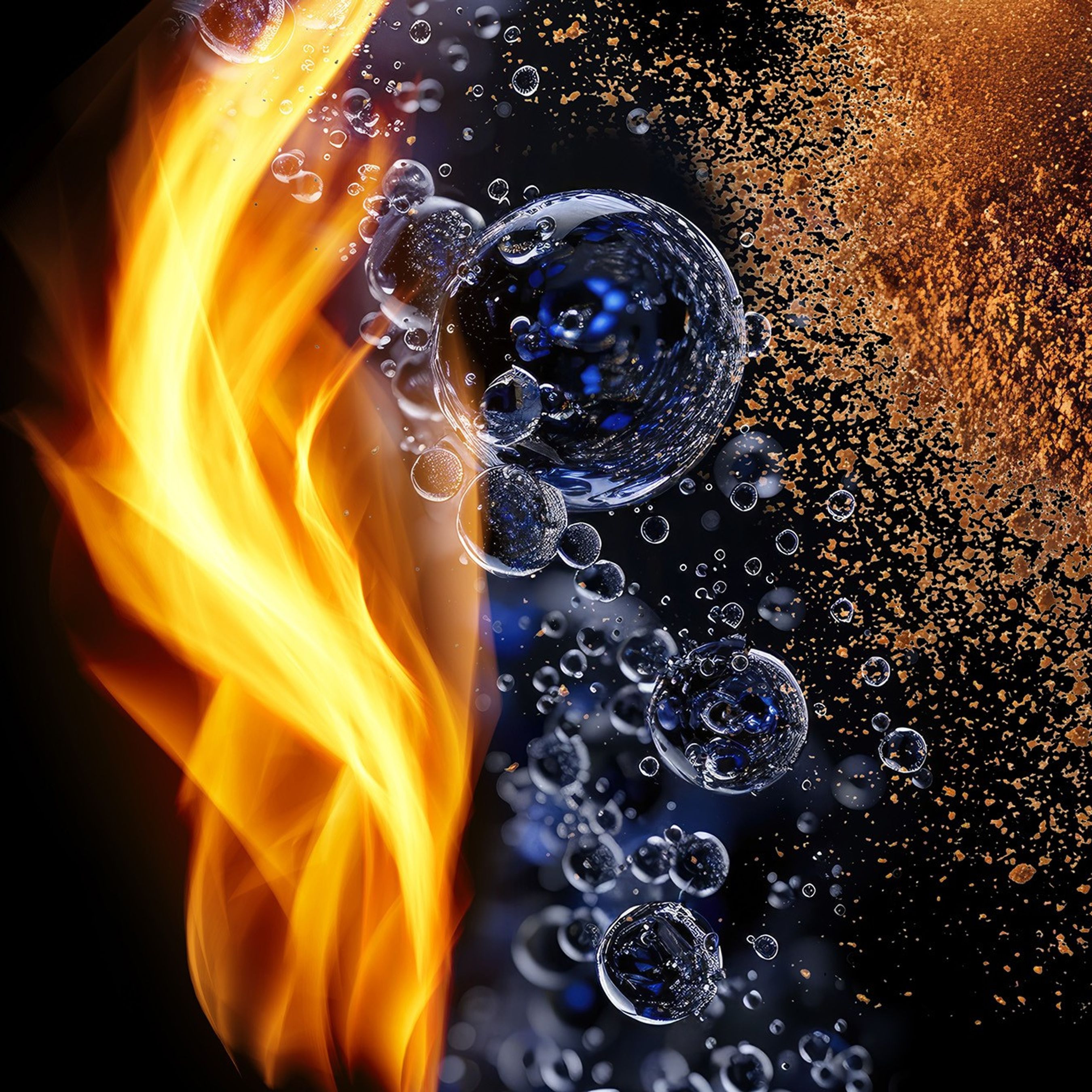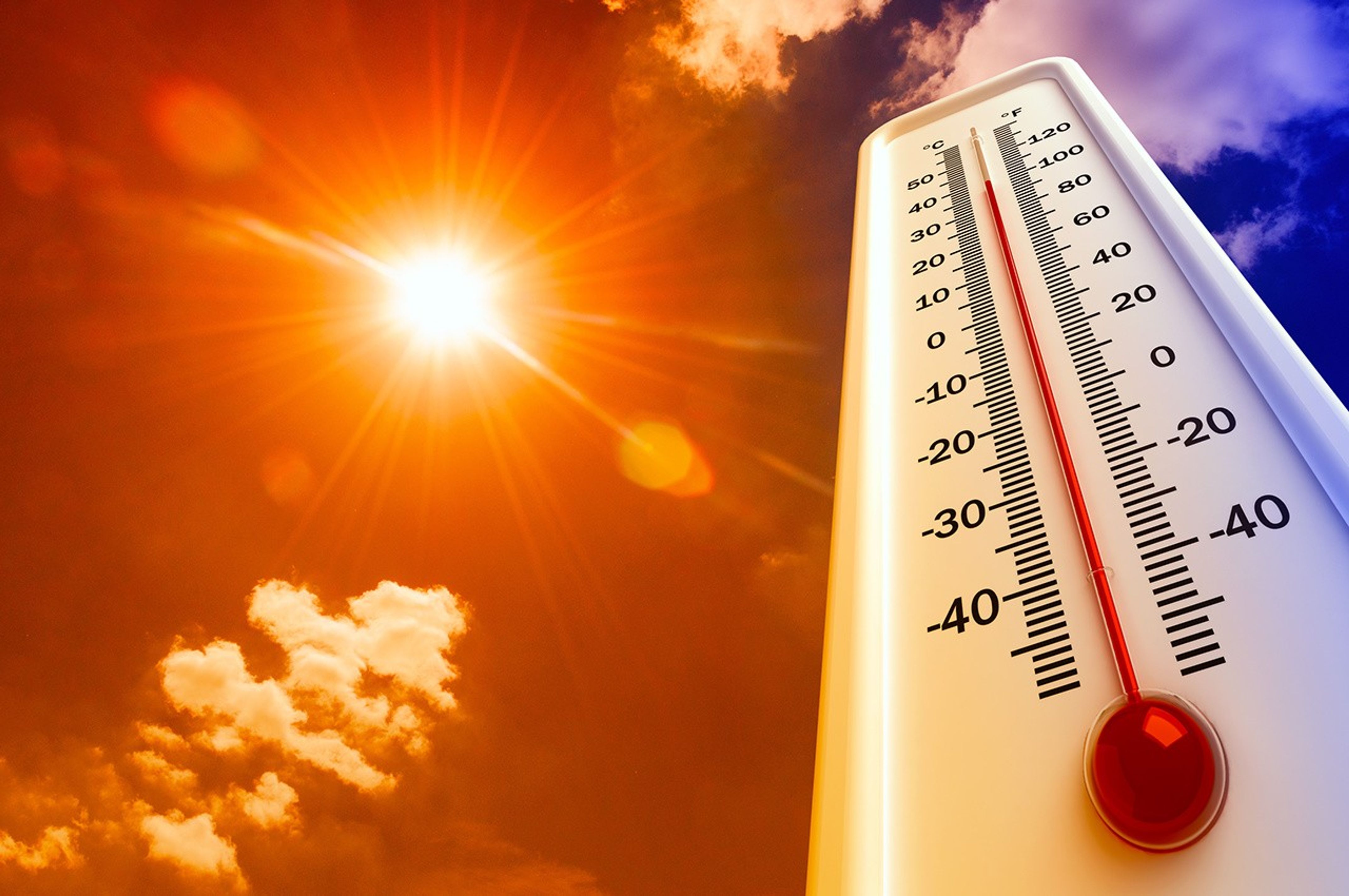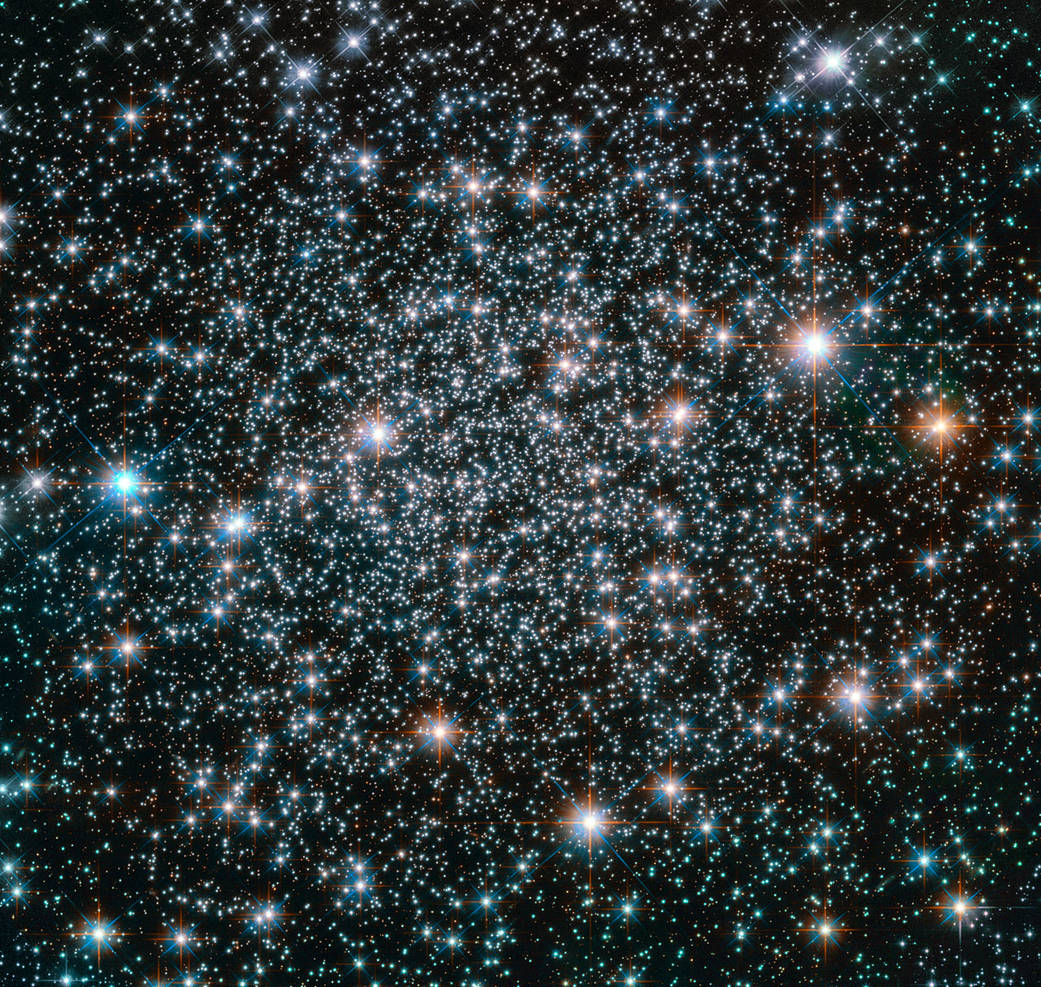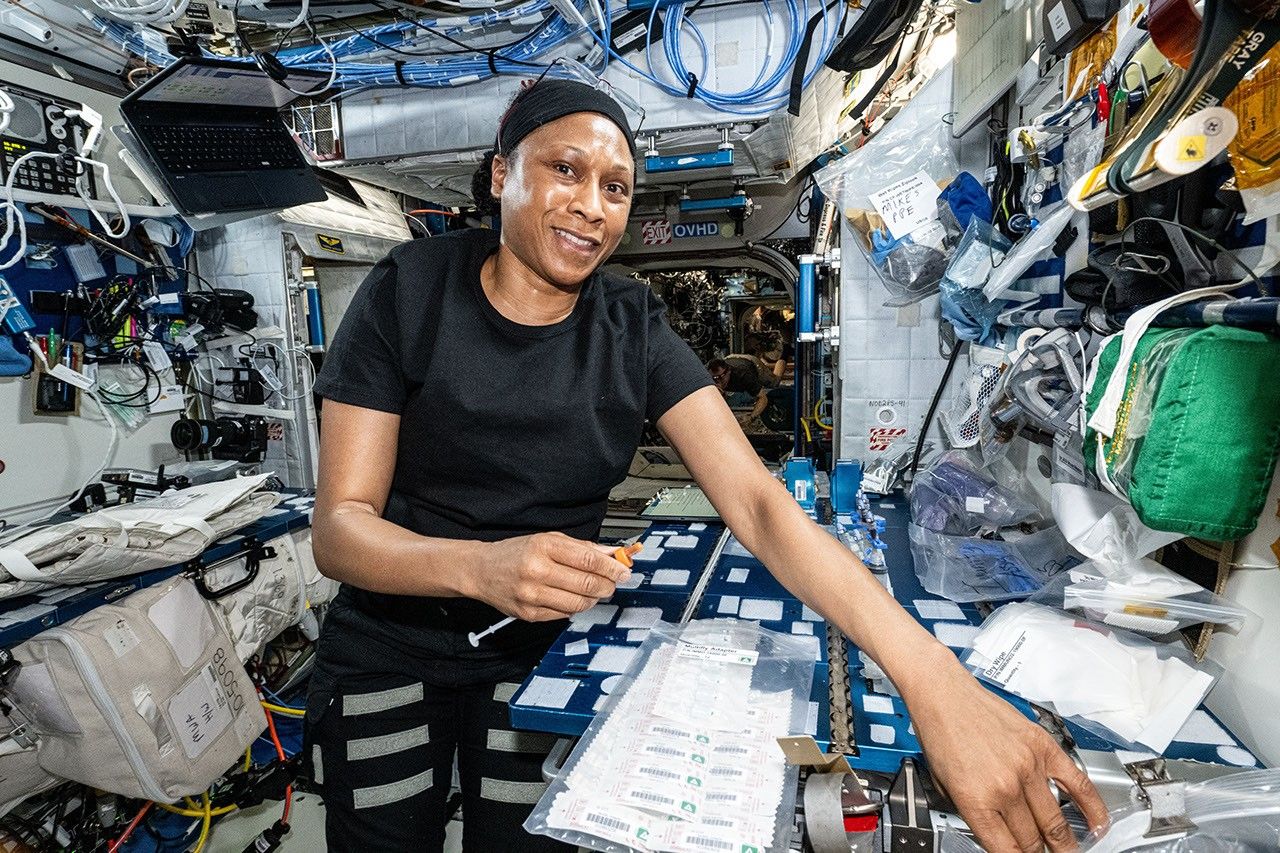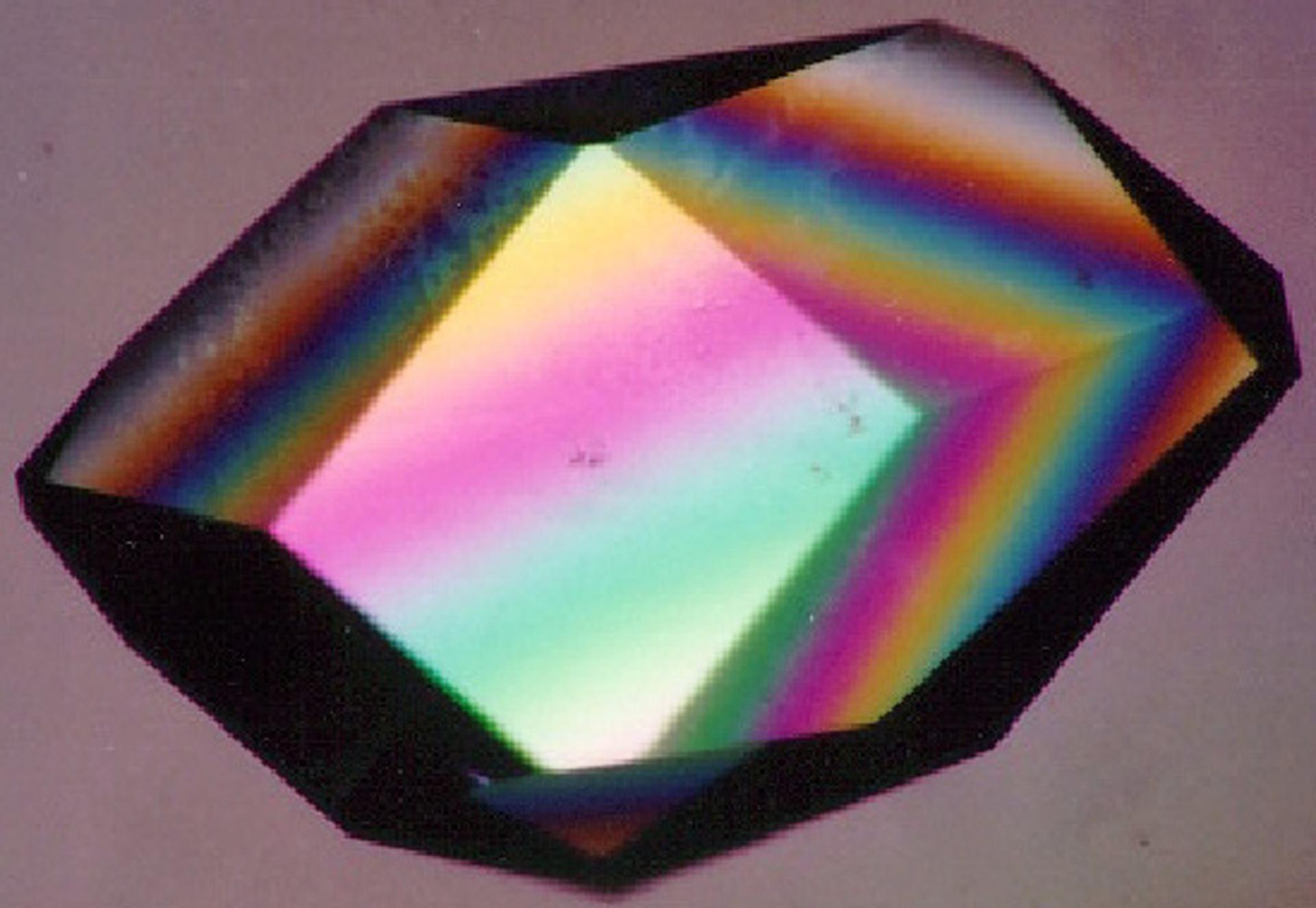Impact & Benefits
Phenomena familiar to us on Earth can behave very differently in space. NASA’s space-based research focuses on understanding how flames, liquids, and materials respond to extreme conditions, such as radiation, varying gravities, and corrosive environments.
Quick Facts
Why conduct fundamental science in space?
Space conditions create unique challenges, including fire safety risks, altered fluid behavior, and changes in material formation, such as crystals and metal alloys. Soft materials like foams and gels can be affected by gravity and thermal stresses, while particles like dusty plasma and regolith impact astronaut health and equipment and could play a role in the development of future space crops.
Learn More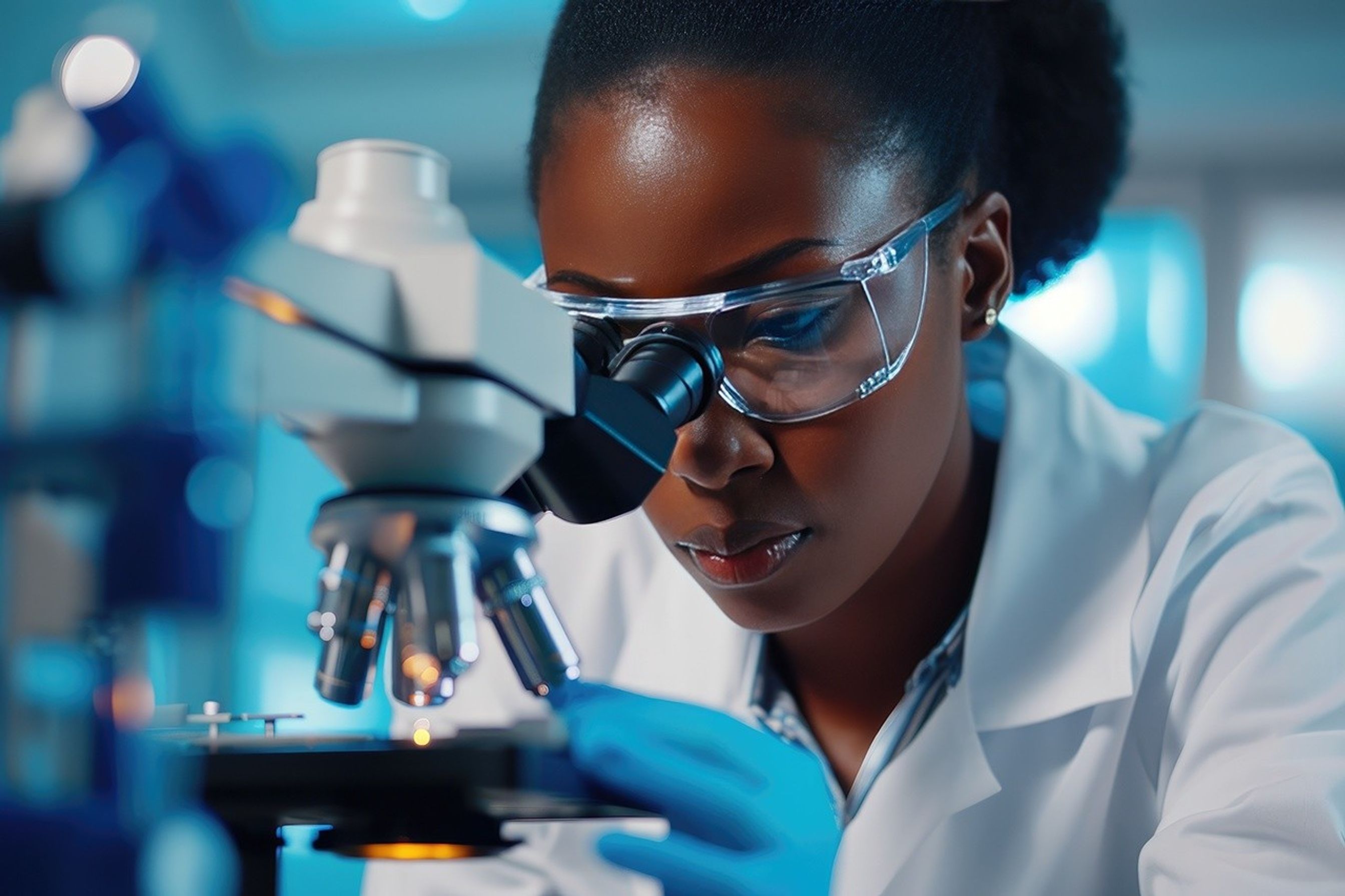
Investigations & Facilities
-
01
Flow Boiling and Condensation Experiment (FBCE)
Enables researchers to study two-phase flow boiling and condensation. Research could support improvements to important systems on spacecraft, including thermal control systems in space vehicles and planetary habitats, heat pumps for humidity control of crew cabins and habitats, and storage and transfer of cryogenic liquid propellants.
-
02
Solid Fuel Ignition and Extinction (SoFIE)
Designed for use within the existing Combustion Integrated Rack (CIR) that enables researchers to study the ignition and flammability of solid spacecraft materials in a microgravity environment. Results could improve our understanding of early fire growth behavior and help determine optimal fire suppression techniques, improving crew safety in future space facilities and providing applications for life on Earth fire safety as well.
-
03
Zero Boil-Off Tank Noncondensables (ZBOT)
Used to study cryogenic fuel vaporization so that researchers can develop innovative fuel tank pressure control designs. Research is critical to ensure reliable storage of propellant needed to travel to deep-space destinations. Data from studies have been used by commercial space companies to improve propulsion systems.
-
04
Electrostatic Levitation Furnace (ELF)
Used to handle material in a containerless processing technique to reduce imperfections in high-temperature manufacturing of materials including oxides, semiconductors, insulators, and alloys which are only possible in the microgravity environment of space. Could lead to the development of containerless processing technology, benefiting manufacturers and scientists designing new materials. Partnership with JAXA.
-
05
Electromagnetic Levitator (EML)
Designed to study properties of high-temperature materials and used to develop accurate models of casting, welding, and metal additive manufacturing. Research could lead to more efficient and reliable production of metallic parts for space exploration and commercial applications. Partnership with ESA.
ADDITIONAL
Biological & Physical Sciences.
Our Goals At-A-Glance.
BPS Scientific Goals Overview
Revolutionary Research in Extraordinary Places.
NASA research contributes to breakthroughs that advance national priorities and maintain U.S. leadership in science and technology.
Studying the fundamental effects of space stressors (such as radiation and microgravity) on biological and physical phenomena promotes mission success and benefits life on Earth.
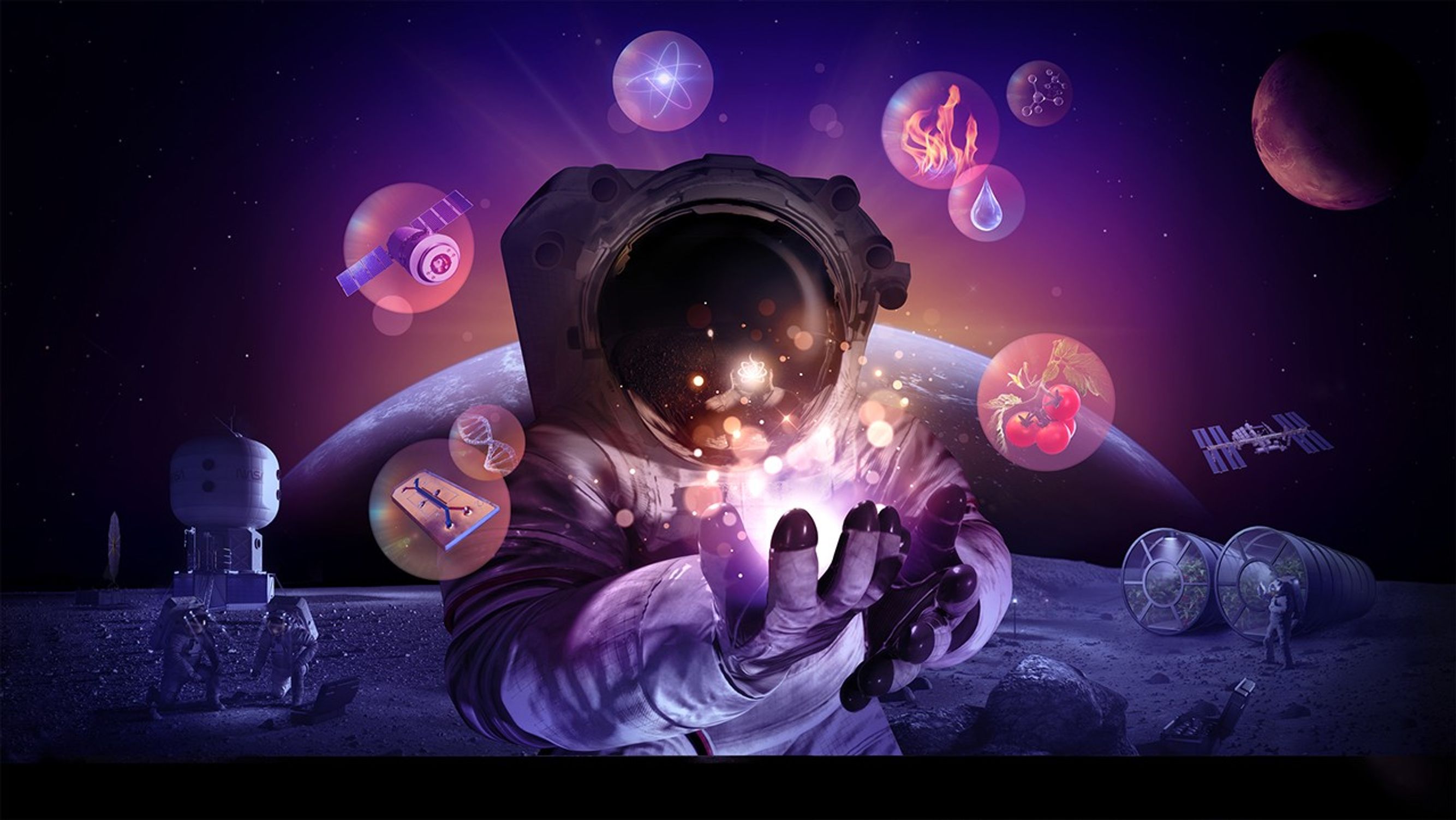
Precision Health
Leveraging space to unlock the secrets of aging and disease
Stressors encountered during space travel can affect human health, including bone and muscle loss, immune system function, microbes, and other biological responses. NASA research could provide vital information needed to help protect astronauts during future deep-space missions and advance the prevention and treatment of disease for people on Earth.
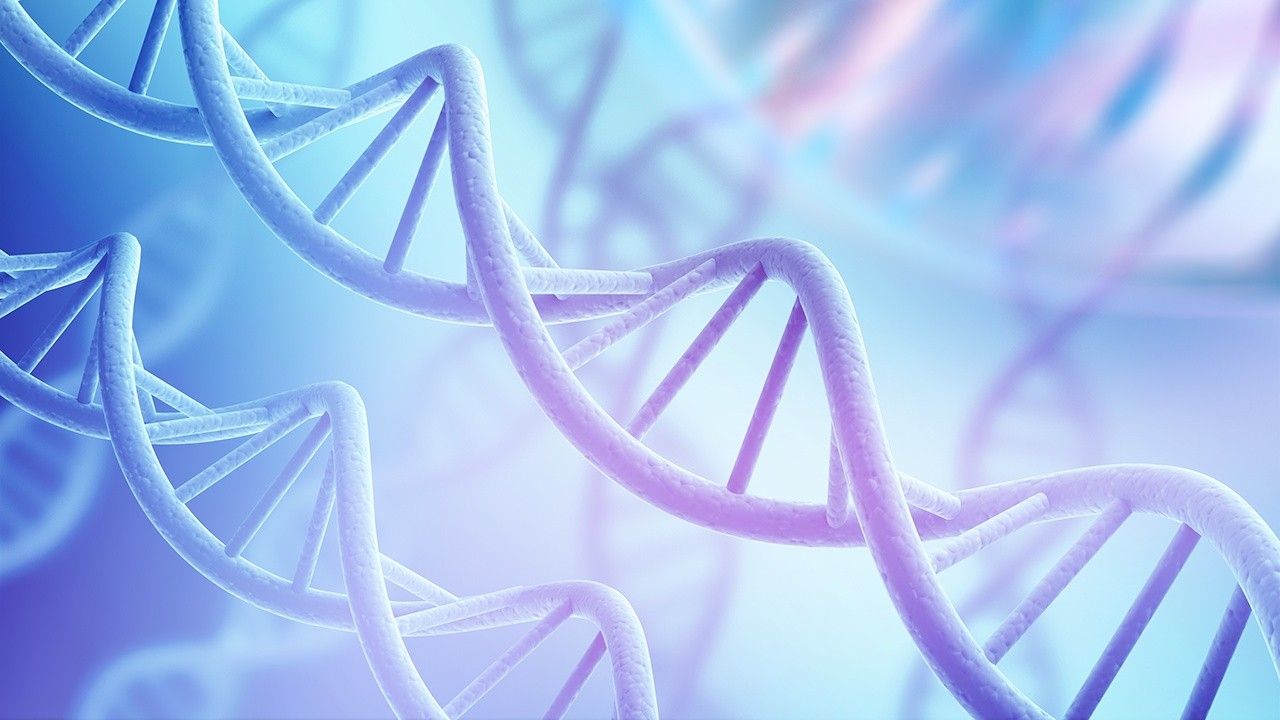
Quantum Leaps
Unraveling mysteries of the universe
While modern physics has led to numerous scientific breakthroughs, many aspects of quantum phenomena remain unexplained. NASA’s research conducted in space offers unique opportunities to advance quantum science in ways that Earth-based studies cannot. Technologies like smartphones, computers, GPS, and medical imaging all stem from quantum research. Continued exploration in this field could contribute to innovations beyond our most imaginative theories.
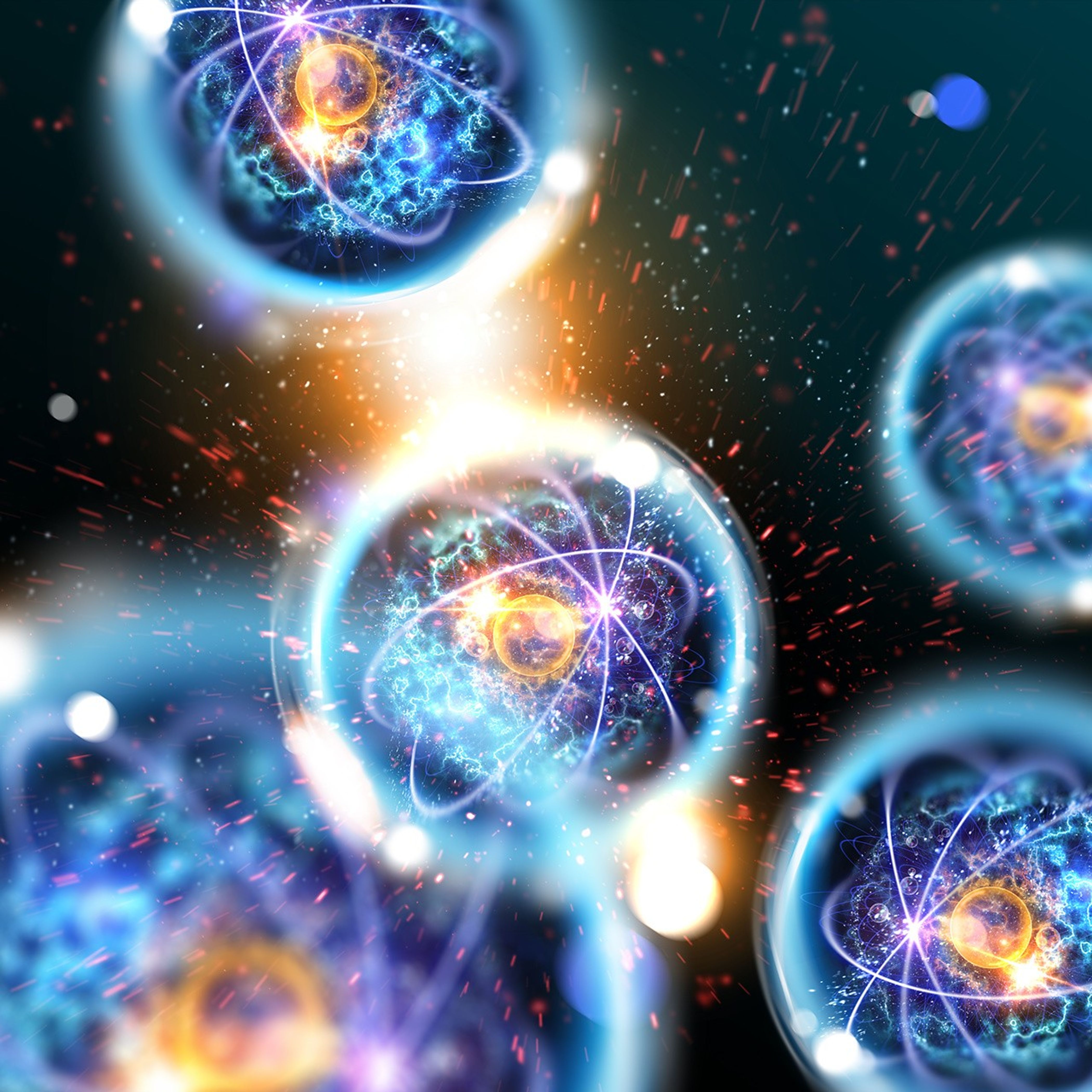
Space Crops
Boldly growing where no one has grown before
To go farther and stay longer in space, crew will need sustainable sources of nutrition. Crops can provide fresh food, benefit astronaut mental well-being, and improve space habitats. Studying how plants adapt to harsh conditions in space can lead to agricultural innovations that support deep-space exploration and improve farming in austere environments on our home planet.
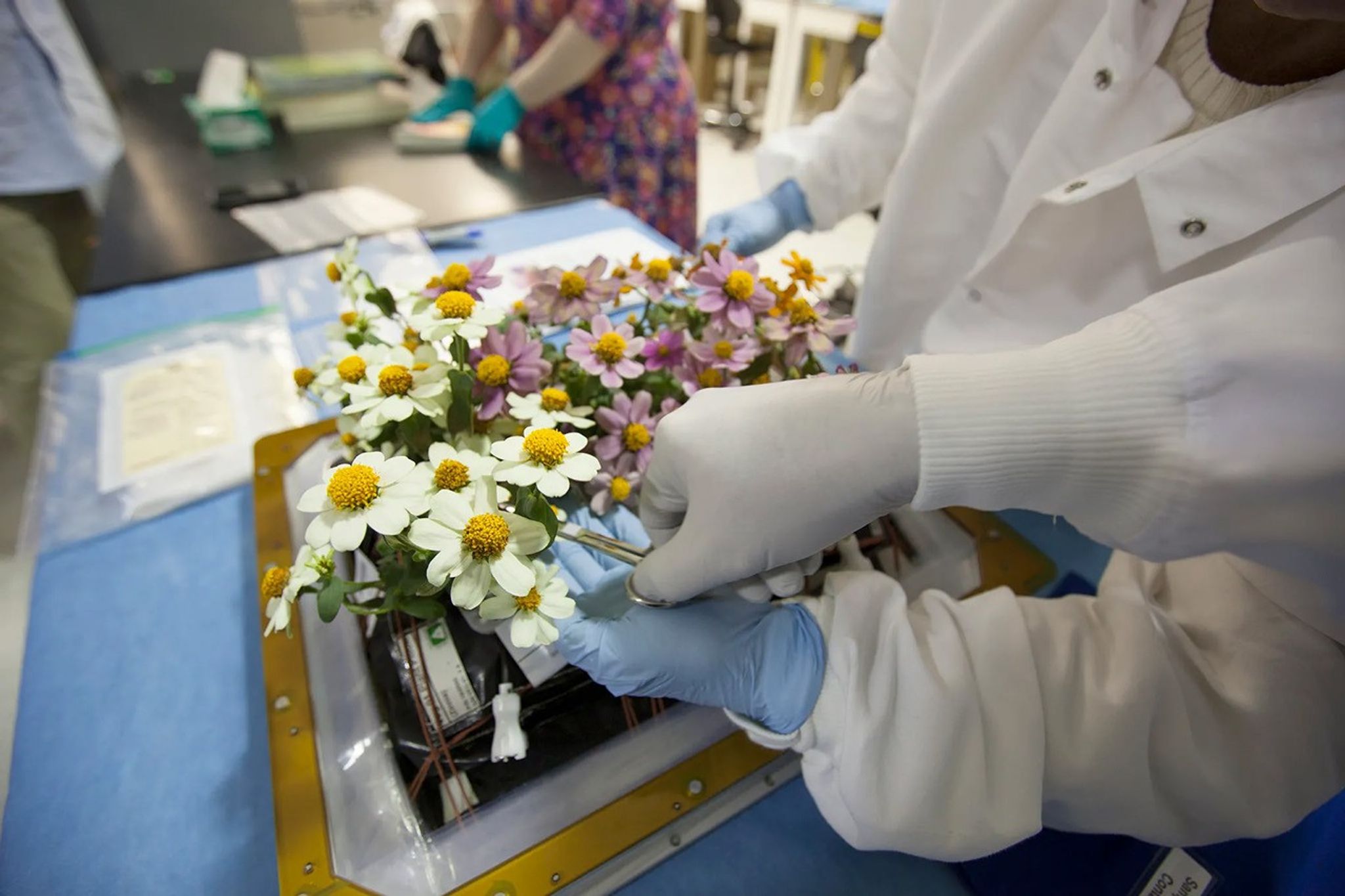
Space Labs
Advancing research in space, on any platform, anywhere
Conducting experiments in space reveals phenomena impossible to observe on Earth. Space Labs enable the use research capabilities across a spectrum of spaceflight environments — suborbital, low Earth orbit, Moon, Mars, and distant destinations — to push the boundaries of scientific knowledge.
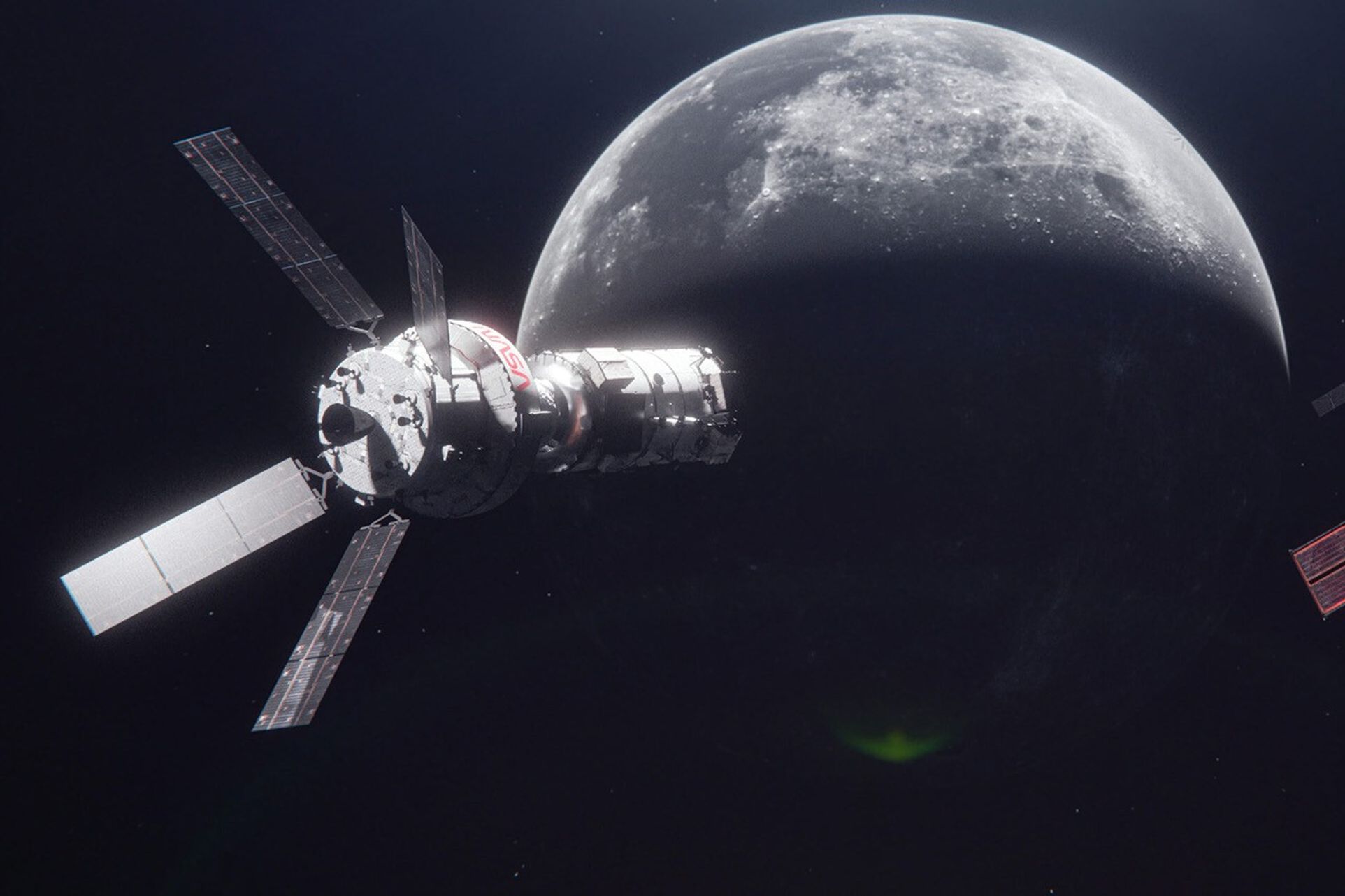
Explore More
Biological & Physical Sciences Division
-
NASA’s Biological and Physical Sciences Division pioneers scientific discovery and enables exploration by using space environments to conduct investigations not possible on Earth. Studying biological and physical phenomena under extreme conditions allows researchers to advance the fundamental scientific knowledge required to go farther and stay longer in space, while also benefitting life on Earth.

























